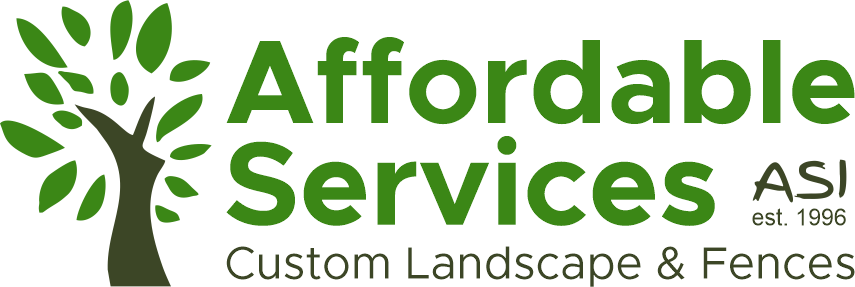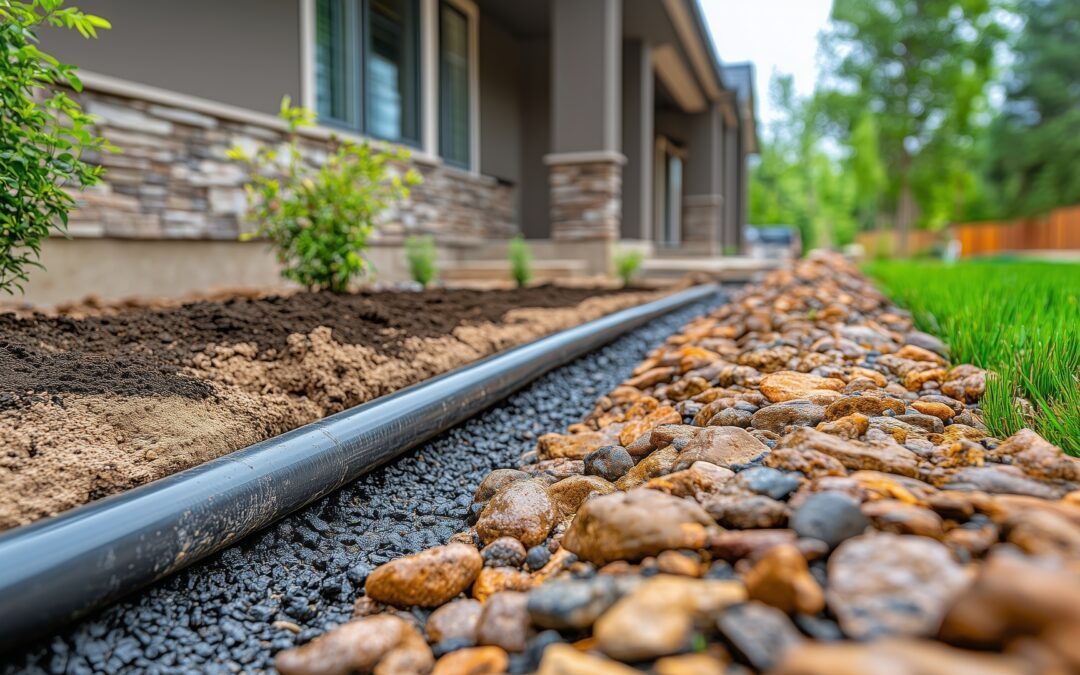As fall settles into Colorado Springs, your focus may shift to cozy indoor projects, but this season is also one of the most critical times to care for your outdoor drainage system. Before winter’s freezing temperatures arrive, inspecting and cleaning your yard drains can prevent costly backups, water pooling, and foundation damage later on. A few hours of maintenance now can save you weeks of repair work once the snow starts to melt.
Below is your complete fall checklist for keeping your outdoor drainage system clear, functional, and ready to handle whatever Colorado’s unpredictable weather brings.
1. Inspect Your Gutters and Downspouts
Start at the top. Gutters and downspouts are your drainage system’s first line of defense against heavy rain and melting snow. When leaves and pine needles collect in these channels, water can’t flow freely, often spilling over the edge and pooling around your home’s foundation.
In Colorado Springs, where fall winds often carry debris from nearby trees, this buildup can happen quickly. Take time to remove leaves by hand or with a gutter scoop, then flush the channels with a garden hose to ensure clear flow. Also, check that all downspouts extend at least three to five feet away from your home. If water drains too close, it can saturate the soil and eventually seep into your basement.
2. Clear Out Yard Drains and Grates
Next, move to the lower parts of your yard where surface drains or catch basins collect water runoff. These areas are prone to clogging in the fall when pine needles, mulch, and leaves get trapped under the grates. Remove the covers and clean out any debris inside the drain box.
If you notice standing water after a light rain, it’s a sign the system isn’t working properly. In Colorado Springs’ clay-heavy soil, poor drainage can quickly turn into a muddy mess that freezes solid by December. Make sure water flows freely through the pipes — you can test it by slowly pouring water into the drain opening and watching for flow at the outlet.
3. Check French Drains and Gravel Trenches
Many Colorado Springs homes use French drains or gravel trenches to manage excess groundwater. These systems are designed to move water away from your home through buried perforated pipes surrounded by gravel. Over time, sediment, dirt, and small roots can build up and reduce their effectiveness.
If you’ve noticed soggy spots or water pooling in areas that used to drain well, your French drain may need flushing. Use a hose with a drain nozzle attachment to run water through the pipe and dislodge minor clogs. For larger blockages, you may need to contact a professional to perform a more thorough cleaning before winter.
4. Regrade Low Areas if Needed
As soil settles through the seasons, low spots can form in your yard where water tends to collect. Before winter, take a walk around your property after a rainfall and note any areas where water lingers for more than a day.
In Colorado Springs, where the soil often freezes and thaws rapidly, these low points can become icy hazards or contribute to erosion. Gently regrade those sections using soil or gravel to create a slight slope away from structures and patios. Even a small adjustment can significantly improve drainage and help prevent runoff from refreezing in unwanted areas.
5. Inspect Drainage Pipes for Damage
Older drainage pipes can crack or shift due to ground movement, tree roots, or freeze-thaw cycles. A quick fall inspection can help you spot damage before it worsens. Look for visible signs such as water seeping up from the soil, uneven ground, or areas where water escapes before reaching the outlet.
Colorado’s variable fall temperatures can make these issues harder to detect once winter hits, so now is the best time to address them. If you find broken or collapsed sections, replacing them before the ground hardens will make the job faster and more affordable.
6. Rake and Remove Yard Debris
Fallen leaves might look picturesque, but when they blanket your yard, they can block water flow and lead to drainage backups. Rake leaves regularly and remove twigs or pinecones that can collect around drains or in low areas.
Rather than using chemical sprays to control weeds or moss that may appear near drains, opt for natural methods. Hand-pulling and adding gravel or mulch barriers around drain openings can help keep the area clean and free of unwanted growth without introducing toxins into the soil.
7. Redirect Roof Runoff Safely
In neighborhoods around Colorado Springs, it’s common for homeowners to use diverters or splash blocks to direct roof runoff away from walkways and flower beds. Make sure these are positioned correctly for fall.
The goal is to keep water from pooling near concrete or paved areas where it can freeze and create slick surfaces. Redirecting runoff toward gravel beds or landscaped drainage channels helps water soak into the ground gradually instead of running directly onto driveways or patios.
8. Add Extensions or Drainage Swales if Needed
If your yard struggles with frequent puddles during heavy rain, you may need to enhance your drainage layout. Adding flexible downspout extensions or shallow drainage swales (gentle ditches) can help move water toward lower ground more effectively.
For properties in hilly parts of Colorado Springs, swales can also reduce erosion by guiding runoff in a controlled way. Use native grasses or river rocks to stabilize the soil along these paths for a natural, low-maintenance solution that blends with your landscape.
9. Prepare for Snowmelt
Fall is also the time to think ahead to winter. Melting snow can be just as damaging as autumn rain if your drainage system isn’t ready. After your final cleanup, double-check that all outlets are unobstructed and angled correctly to direct meltwater away from your foundation.
If your home sits near slopes or retaining walls, make sure runoff can flow freely down and away without collecting behind barriers. This will prevent heavy ice buildup and water intrusion during the thawing period in early spring.
10. Schedule a Professional Inspection
Even if your yard looks fine on the surface, hidden blockages or underground damage can still cause problems. A professional drainage inspection can identify weak points before they become major repairs.
Affordable Services Colorado Springs offers local expertise that accounts for our region’s unique mix of clay soil, fluctuating temperatures, and high winds. Having a team familiar with local conditions means you’ll get solutions designed for long-term protection, not quick fixes.
Final Thoughts
Fall in Colorado Springs is brief but beautiful — and it’s the ideal time to prepare your yard for the cold months ahead. Taking care of your drainage system now helps protect your home’s foundation, prevent slippery surfaces, and preserve the overall health of your landscape.
Remember, your outdoor drainage works silently all year long to direct water away from your property. Give it the attention it deserves this season, and you’ll start winter confident that your yard is protected from backups and overflows.
If you’re unsure where to start or want expert help before the first freeze, Affordable Services Colorado Springs can inspect, clean, and prepare your drainage system for the season ahead — ensuring your home stays dry and your outdoor spaces stay beautiful year-round.






